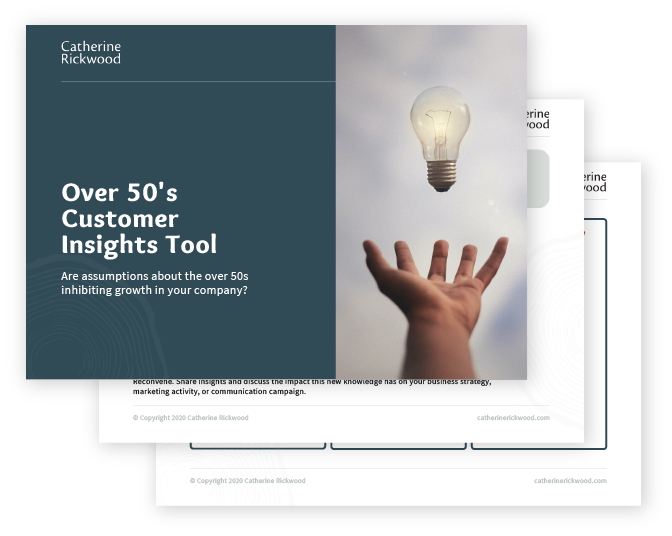It’s a well-known fact that Australia’s population is ageing. We’re living longer and healthier than at any other time in history. And increasingly, we’re choosing to stay in our own homes as we age. So what does this mean for architects, builders, town planners, and developers? And how big is the opportunity really?
The Facts of the Matter
In 2056 approximately one in four Australians will be 65 years or older. By 2040 it’s predicted that 6.8 million people will be aged over 65 – compared to about half that in 2012 (3.2 million). With such a large number of people over 65, and increasingly living beyond 85, housing needs are a significant issue for us all to consider – governments, businesses, and individuals alike.
There is a view that suggests older people should “downsize” because they inefficiently occupy large homes and should free up housing stock. Whilst a large proportion of older people do have one or two spare rooms (over 40%), they don’t want to “downsize”. According to a report by the Productivity Commission, 76% of Australians 60+ consider their current home as the place they’d like to live out their retirement. ‘Home’ is also an asset that’s considered useful to assist with future difficult financial events.
The Opportunity
Given the increasing size of the ageing population, and the desire for people to remain at home and in community, there’s an opportunity for architects, builders, town planners, and developers to get creative in housing design and adaptations. Of course, governments, councils, and policy makers also have a role. Australians don’t downsize and government incentives to encourage downsizing is considered pointless. The solutions don’t necessarily lie in downsizing. The solutions lie in adaptation because for older people:
- Familiarity of their living environment is important.
- Neighbourhood is important.
- Caring for their home matters. It provides purpose and meaning in a day.
- Community connection matters.
Home is after all home.
The Global Landscape
Examples of redesigned and reimagined housing exist globally. These new models enable people to continue living happily in their own homes and neighbourhoods as they grow older. Some of the ideas also encourage intergenerational living.
Examples include: Germany’s Baugruppe – a ‘group build’ approach for housing complexes involving future residents at both the planning and building stages; Co-housing – an alternative that adapts single-dwelling suburban blocks to accommodate two or three smaller dwellings with some shared spaces; and, the familiar granny flat or laneway housing.
Increasingly, build-to-rent has become an attractive building model as it provides the opportunity for much longer tenure and more control for renters. With private rental housing predicted to become a more dominant share of the housing market in the future, leading developers such as Mirvac are now entering this market.
Collaborate For Success
Redesigning and reimagining the future of housing requires research. Participatory research. Involving conversations with consumers – both younger and older generations alike. These conversations provide insights about consumers’ lives. By talking with people, the housing industry gets the necessary insights to make living at home forever a practical possibility.
The key is incorporating this understanding with design possibilities not imagined or known by the consumer. After all, who thought we’d all want a smartphone? And the classic example from Henry Ford, who didn’t train horses to go faster; he built a car.
What will the housing industry build to change the landscape of living so that we can all stay at home? Forever.
Contact us to unlock the growth potential for your business of housing the over 50s.
[et_bloom_inline optin_id=”optin_1″]
Photo by Cindy Tang on Unsplash



